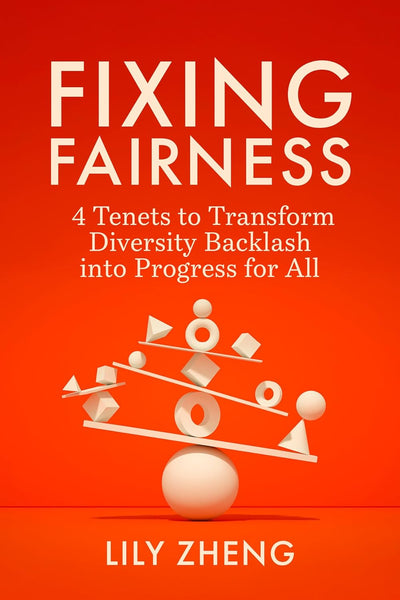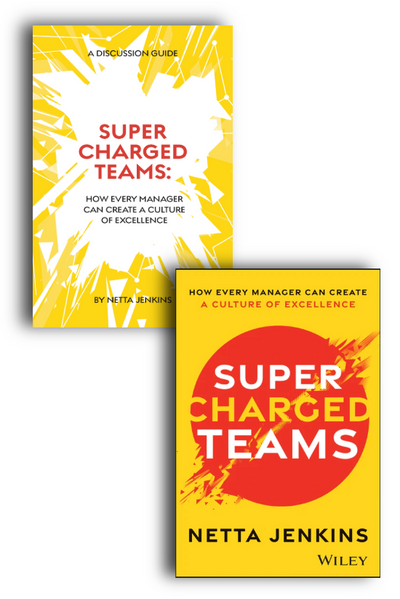A Q&A with Rick Tucci
 In the age of AI, your greatest innovation engine isn't artificial—it's human.
In the age of AI, your greatest innovation engine isn't artificial—it's human.
As automation reshapes the workplace, the real opportunity isn't choosing between systems and people—it's integrating them. Ideas to Action makes the case—and delivers the roadmap—for unlocking the untapped genius of your frontline workforce and turning insight into measurable results.
Transformation strategist Rick Tucci shares the Ideas-to-Action Process™—a simple, scalable framework that empowers employees at all levels to contribute meaningfully to innovation and growth. This method sidesteps the common traps of top-down change by giving frontline teams structured tools to turn insight into impact.
Rick recently took some time to answer some questions about his book, his process, and some other books that have helped him along the way.
◊◊◊◊◊
Porchlight Book Company: Writing a book is no small undertaking. What compelled you to write this one?
Rick Tucci: My work over more than 35 years coaching executives and guiding organizations to better results has centered on a simple truth—one that often eludes even enlightened leaders:
The best consultants for driving innovation are already on your payroll.
Your frontline employees know what’s broken, what’s working, and what needs to change—but most leaders don’t have a system for unlocking that knowledge. Too often, employee insight stays bottled up or dismissed as noise.
I wrote Ideas to Action to bring that message to a wider audience. It’s a guide to building the trust, structure, and leadership courage required to turn employee insight into measurable results.
PBC. Writing (and reading) always prompts as many new questions as it offers answers to the ones you came to it with. What is one unanswered question you encountered as you wrote the book that you are most interested in answering now?
RT: Every author wishes they had room for one more chapter. As I was writing—especially the concluding chapter about the future of frontline work—I became increasingly fascinated by the dynamic between human ingenuity and artificial intelligence. The book makes the case that AI doesn't make people obsolete; it makes their uniquely human skills—creativity, nuance, complex problem-solving—more valuable than ever, if unleashed and channeled productively.
The question I’m now exploring is: How can leaders design teams where AI and frontline employees work not as substitutes, but as collaborators?
It’s not just about handing people AI tools. It’s about structuring work and decision-making so AI handles the data-heavy lifting—freeing people to do what they do best: connect the dots, see context, and generate what’s truly new. That synergy is the next frontier.
PBC: If there is only one thing a reader takes away from reading this book, what would you hope it to be?
RT: Most leaders say their people are their greatest asset. Fewer build the systems—and show the courage—to act on that belief.
Real transformation starts when leaders remove barriers, listen to “push-up” ideas, and make the tough calls only they can make.
When a leader’s courage meets a team’s insight, change happens.
PBC: One of the great things about books is that they tend to lead readers to other books. What book(s) related to this topic would you recommend people read after (or perhaps even before) reading your book?
RT: I see Ideas to Action as part of a larger conversation about leadership today.
First, I’d recommend Radical Humility by Urs Koenig. He endorsed my book, and his work on how leaders create space for others by embracing humility is the perfect philosophical partner to the practical framework in Ideas to Action. It’s the mindset that makes the method work.
Second, for a classic on team dynamics, The Five Dysfunctions of a Team by Patrick Lencioni is essential. He lays out the trust, accountability, and healthy conflict that every team needs before they can take meaningful action.
PBC: What is your personal favorite book?
RT: A book that’s always stayed with me is Zen and the Art of Motorcycle Maintenance by Robert Pirsig.
On the surface, it’s a road trip—but really it’s about how we approach problems, the meaning of “quality,” and the difference between observing and truly understanding how things work.
His somewhat tongue-in-cheek story of “Everybody, Somebody, Anybody, and Nobody” remains one of the best illustrations I’ve ever read of the danger of diffuse responsibility. It perfectly captures the challenge of creating accountability on teams.
PBC: What are you reading now?
RT: Right now, believe it or not, I’m reading a set of children’s books by a college classmate and truly gifted author, Consie Berghausen.
I’ve got a number of young nieces and nephews, and her beautifully illustrated animal stories are a master class in teaching kids about the environment, caring for all creatures big and small, and the meaning of family.
PBC: Do you have any future projects in the works that we can look forward to?
RT:My current focus is spreading the message of Ideas to Action and supporting leaders through our work at Leap Academy.
That said, there is an exciting new development: we’re expanding the Ideas-to-Action Team Platform with integrated AI tools that amplify the power of employee-driven innovation. Our goal is to give leaders better ways to unlock the full potential of their people—and drive change faster than ever.
About the Author
Rick Tucci believes the future of work isn't just AI-it's human ingenuity. For over 35 years, he has helped leaders unlock the hidden genius of their frontline employees to drive innovation, accelerate results, and build stronger cultures. He is the founder of Leap Academy and developer of the Ideas-to-Action Process™, used by Fortune 500s, public agencies, and nonprofits worldwide. Rick holds an MBA from the Booth School of Business and is a Lean Six Sigma Master Black Belt. Learn more at www.ideastoactionplatform.com.
About the Book
Ideas to Action presents a practical, field-tested framework that helps leaders unlock the untapped insight of their frontline teams—and convert those ideas into measurable results. Drawing from over 35 years of transformation work across Fortune 500s, public agencies, and healthcare systems, the book offers tools and case studies that show how innovation happens when leaders trust their people and structure their participation.
“A clear and convincing argument for starting organizational change at the bottom… It distinguishes the book from the plethora of leadership guides in the marketplace.” Kirkus Reviews (Verdict: ✓ GET IT)
“A no-nonsense guide to turning employee insight into real results. Its power lies in its simplicity.” — Urs Koenig, former UN peacekeeper & author of Radical Humility
“Ideas to Action gives you both the inspiration and the roadmap to harness your employees’ know-how to make them true partners in change.” — Jocelyn Davis, Author of The Greats of Leadership
“A painfully practical, no-nonsense approach to engaging teams and accelerating outcomes.” — Scott McAllister, CEO, Prosci
“A game-changer for organizational transformation. It shows any leader how to tap frontline insight to drive lasting impact.” — Dr. Dan Wiljanen, Former VP, HR, Steelcase
“A practical strategy for boosting innovation, speeding results, and growing talent that makes employee engagement more than just a buzzword.” — Steve Preston, Former SBA Administrator & CEO, Goodwill Industries
“The Ideas-to-Action Process gets results—fast. Your best consultants are already on your payroll.” — John Biedry, Executive Leader (Nike, ServiceMaster, USPS)







